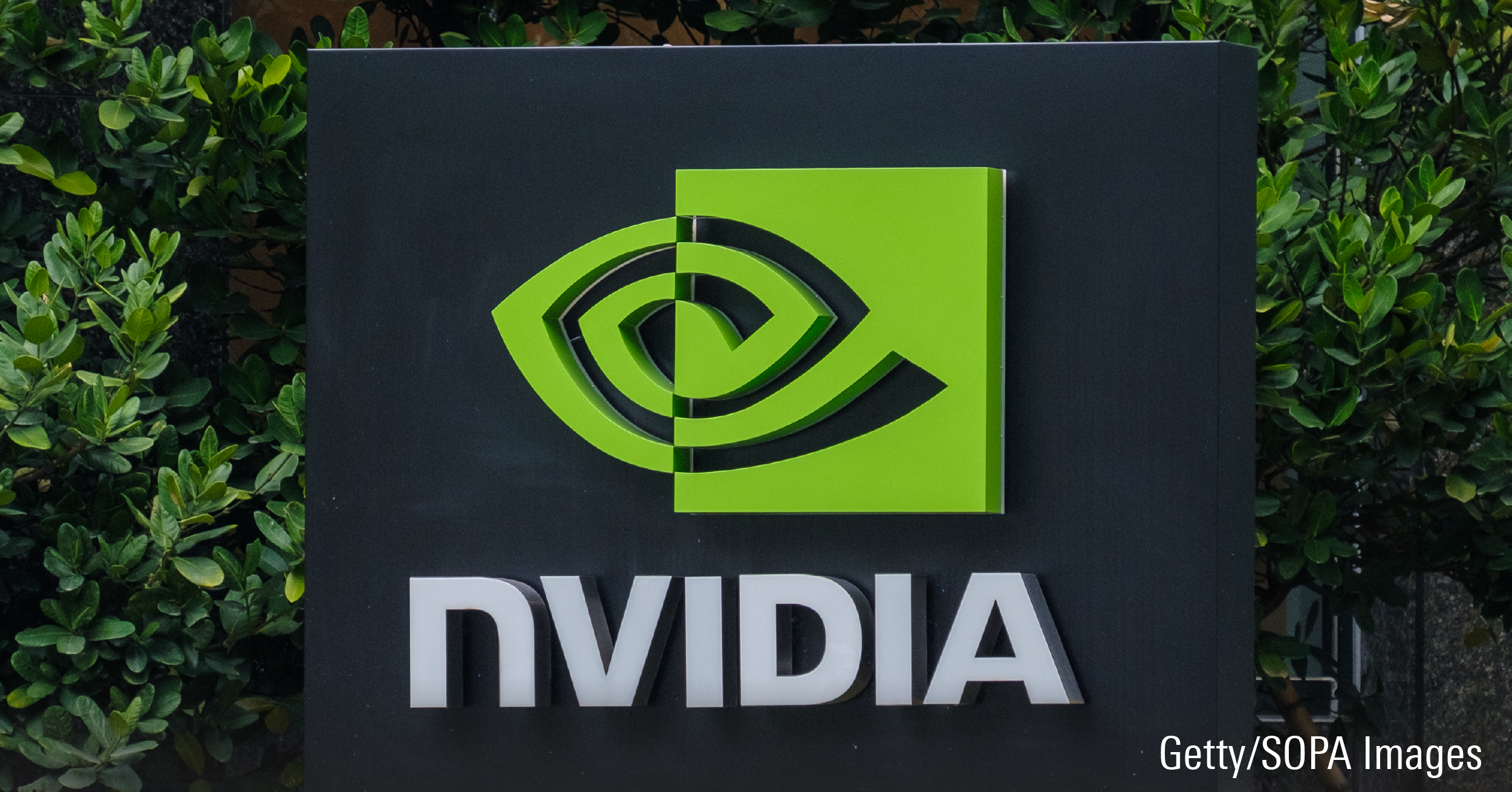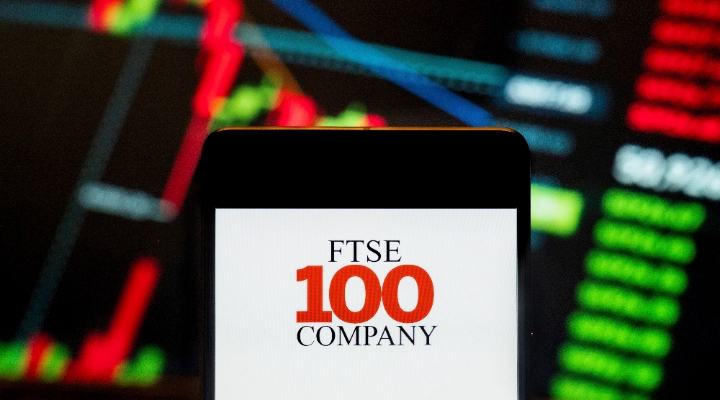Coal stocks have generally performed very well in the last six months. This is no surprise, as global coal prices, both thermal and metallurgical, are reaching multiyear highs. We think this momentum will continue in the coming year.
The coal industry has benefited from two relatively unlikely events in the last few months. First, in late 2010, torrential flooding in Australia severely disrupted metallurgical coal shipments out of Queensland. As Australia is a linchpin of the global coal trade, this sent Asian coal prices soaring to levels unseen since 2008. Metallurgical coal prices in particular jumped perhaps 40% to over $300 per ton.
Then, a giant earthquake and tsunami ploughed into Japan, severely damaging the Fukushima nuclear power plant. Although the Japanese authorities seem to have the situation under control, the near-meltdown at the plant shook the world's confidence in nuclear power to its core. In the days since the disaster, China temporarily halted its ambitious reactor building programme, and Germany peremptorily shut down its pre-1980 plants. Regulators from the United States and Japan are also scrutinising plant safety and may mandate additional safeguards and increased inspections going forward.
In the medium term, damage to Japanese nuclear power will slightly increase demand for thermal coal. However, the most profound consequences will be the long-term impact on the global energy mix. All of the upcoming challenges to nuclear power will diminish its contribution to world electricity generation. The shortfall will have to be made up somewhere, and one of the big sources is coal.
Incrementally, we expect the nuclear disaster to prompt existing plants to run harder and new plants to be built, especially in the emerging world. This is undoubtedly good for coal demand and pricing. The markets have to some extent already anticipated this, as global coal prices have risen slightly since the earthquake struck.
2011 Will Be a Good Year
With coal prices so high, most companies are looking for near-record earnings in 2011. This is true especially for companies with substantial metallurgical coal exposure, because metallurgical coal is sold on the spot market or with relatively short-term contracts. As coal miners typically enjoy higher operating leverage, the higher selling prices can fatten the bottom line dramatically. Big beneficiaries of this trend are Alpha Natural (ANR) and International Coal (ICO). In the same vein, companies with an international presence, chiefly Peabody Energy (BTU), will benefit as well. Peabody's Australian mines should see record profits on the back of the red-hot Asian coal market (somewhat offset by decreased production from flooded mines).
In contrast, US thermal coal producers haven't benefited nearly as much. For one, thermal coal contracts, especially in the Western US, are made for much longer terms. This smoothes out earnings but is a liability in a bullish market. Second, even as Asian coal prices rally, US domestic prices have failed to keep up. The reason is simple: even though high Asian prices are signalling global markets to supply more coal, the transportation costs of sending coal from US to Asia are too high for miners to oblige. As domestic demand is still fairly weak and stockpiles are plentiful, pricing has not been forced upward. As a result, Central Appalachian benchmarks have stagnated at about $75 per ton and Powder River Basin benchmarks at about $14 per ton.
The Emerging Export Opportunity
In the last year or so, world coal markets have been increasingly bifurcated into two regions--the Pacific basin and the Atlantic basin. The former includes countries like China, India, South Korea, Taiwan, and Japan (major importers); and Australia, Indonesia, Russia, Mongolia, and South Africa (major exporters). The latter includes primarily the US, Columbia (exporters), and Europe (importer).
The Pacific basin is blessed with high growth, an increasingly stretched supply chain, and very high coal prices. The Atlantic basin, especially the US, is exactly the opposite. Increasingly, coal prices are diverging between the two basins as it is too expensive to send coal from one to the other and arbitrage away that difference.
However, in the next five or 10 years, things may change dramatically. As Asian thermal coal prices rise to over $130 per ton, it has become profitable to export coal directly out of the Powder River Basin. The PRB's mining costs are so low that miners can make a hefty profit assuming they can get the coal to a port and onto a ship. With plenty of opportunity to expand production, the PRB stands the best chance of "relinking" the Pacific and Atlantic basins.
Unfortunately, because this opportunity is so new and nascent, there isn't enough physical infrastructure to support it. In particular, there is not enough port capacity on the West Coast to accept all the coal that miners are willing to send. PRB coal miners are already busy at this--we've seen port building commitments out of both Peabody Energy and Arch Coal (ACI). Although it will take several years to build enough ports to make a difference to global trade patterns, the capability to export out of the West Cost promises to change the PRB for the better.
The most obvious benefit is the direct profit potential for selling coal to Asia as opposed to US utilities. However, just as importantly, if tens of millions of tons of coal leave for Asia, overall US supplies will tighten, driving up coal prices across the board. We expect all US producers to benefit from this, none more so than the major Powder River miners Peabody, Arch, and Cloud Peak Energy (CLD).























